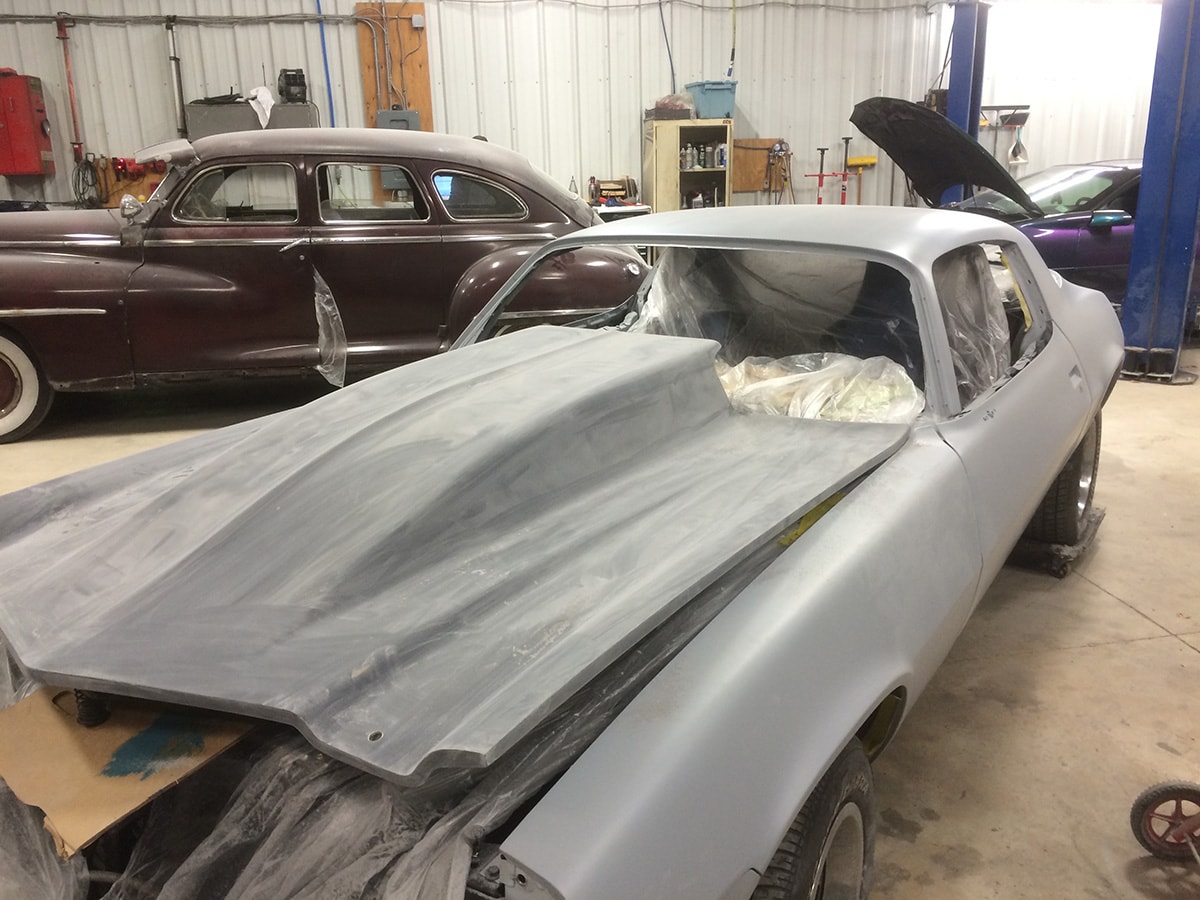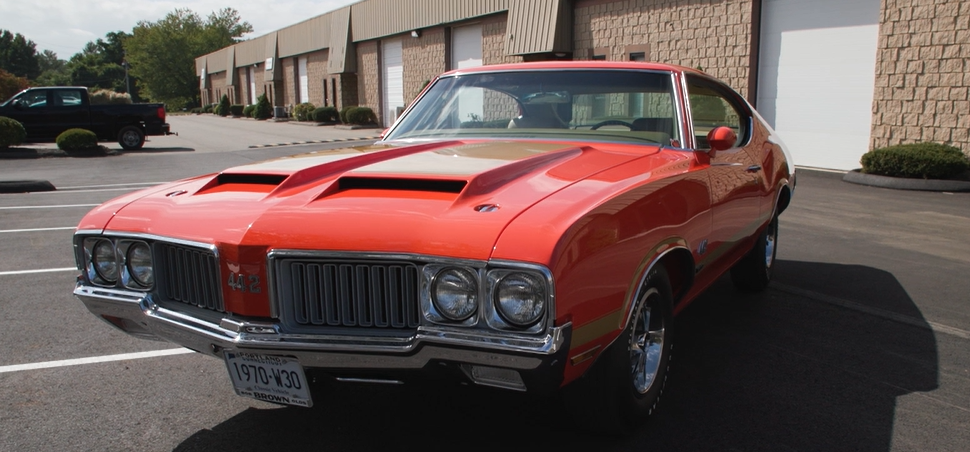Embarking on a classic car restoration project is a thrilling endeavor, but success lies in careful planning and informed decision-making. Whether you’re a seasoned enthusiast or a novice in the world of vintage automobiles, these essential tips will guide you through the restoration process, ensuring a seamless and rewarding experience.
1. Planning Your Restoration Project
The foundation of a successful classic car restoration lies in meticulous planning. Before diving into the project, take the time to outline your goals, budget, and timeline. Create a detailed roadmap that includes a step-by-step breakdown of tasks, from disassembly to the final polish.
Start by conducting thorough research on your vehicle’s make and model. Understanding the original specifications and factory details will help you maintain authenticity throughout the restoration. This knowledge will also aid in identifying the necessary parts and components needed for the project.
2. Choosing Authentic Parts vs. Aftermarket
When it comes to sourcing parts for your classic car restoration, a crucial decision arises – authentic OEM parts or aftermarket alternatives? While authentic parts may come at a higher cost, they ensure a genuine restoration, preserving the vehicle’s historical accuracy and value.
On the other hand, aftermarket parts offer a more affordable option, often with modern improvements. However, be cautious when selecting aftermarket components, as their quality can vary. Striking the right balance between authenticity and functionality is key to a successful restoration.
3. Hiring Professionals vs. DIY Restoration
Deciding between a professional restoration service and a do-it-yourself (DIY) approach is another pivotal choice. Enlisting the expertise of professionals can streamline the process, especially if you lack the necessary skills or time. Professional restoration shops have the experience, tools, and resources to bring your classic car back to its former glory.
On the flip side, a DIY restoration can be a deeply fulfilling and cost-effective endeavor, allowing you to connect intimately with your vehicle. However, it requires a significant investment of time, research, and a willingness to learn new skills. Assess your comfort level with the tasks at hand and weigh the pros and cons before making a decision.
Remember, a successful classic car restoration hinges on careful planning, thoughtful part selection, and a decision between professional assistance and a hands-on approach. By incorporating these essential tips into your restoration journey, you’ll not only breathe new life into a vintage beauty but also create a lasting legacy for generations to come.




